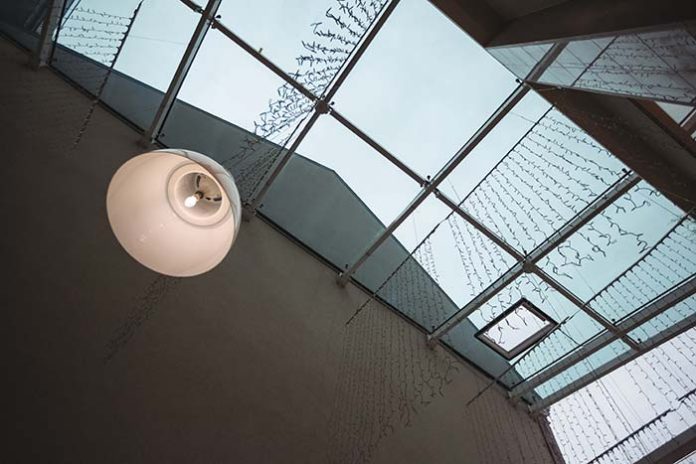Skylights, a window to the sky right in your home, offer a unique blend of aesthetics and functionality. They can transform ordinary spaces into extraordinary ones by flooding them with natural light and providing a splendid view of the sky.
But beyond the visual appeal, skylights also play an essential role in energy efficiency and eco-friendliness. This guide will dive into the DIY approach to skylights, shedding light on how they can enhance your homes’ energy efficiency and contribute to a greener planet, and tips on doing it yourself.
Benefits of Skylight
Roof skylights have numerous benefits, including their contribution to energy efficiency. By bringing natural light into your home, skylights reduce the need for artificial lighting during the day, cutting down on electricity usage and costs. They also provide natural ventilation, reducing the need for air conditioning in hot weather.
Furthermore, skylights offer a passive solar heating effect by allowing sunlight to enter and warm up your home during colder months, reducing the need for heating. This translates to lower energy bills and a reduced carbon footprint.
Besides their energy-efficient benefits, skylights also positively impact the environment by decreasing your household’s carbon emissions. By relying less on artificial lighting and air conditioning, you are reducing your reliance on fossil fuels, making your home more environmentally friendly.
DIY Approach to Installing Skylights

Installing skylights can seem daunting, but it can be a manageable do-it-yourself project with the right tools and instructions. Here are some essential tips for installing skylights on your own:
- Choose the right location – The first step in installing skylights is choosing the right location on your roof. Consider factors such as sunlight exposure, the direction of the sun’s path, and potential obstructions.
- Select the right type of skylight – There are several types of skylights available in the market, each with its unique features and benefits. Do your research to determine which type best suits your home and needs.
- Gather necessary tools and materials – Before starting your installation, ensure you have all the necessary tools and materials. This includes a drill, screws, a caulking gun, and the skylight itself.
- Follow manufacturer’s instructions – Each skylight comes with specific instructions for installation. Following these instructions carefully is crucial to ensure proper and safe installation.
- Consider professional assistance – If you need more confidence in your DIY skills, it’s always best to seek professional help for skylight installation. They have the expertise and experience to ensure a successful and secure installation. Contact a professional contractor to learn more about the project and its cost.
Maintenance and Care for Skylights
Regular maintenance and care are crucial to keep your skylights functioning efficiently and looking their best. Here are a few tips to help you keep your skylights in top shape:
- Clean regularly – Dirt, debris, and even bird droppings can accumulate on your skylight over time, obstructing natural light and affecting its energy-efficient benefits. Regularly cleaning your skylight with a mild cleaner can help maintain its functionality and appearance.
- Check for leaks – It’s essential to check your skylight regularly for any signs of leaks or damage. Catching and repairing them early can prevent bigger issues down the line.
- Trim surrounding trees – Overgrown tree branches near your skylight can cause damage and obstruction. Make sure to trim any trees or branches regularly that may interfere with your skylight.
Conclusion
DIY skylights not only enhance the aesthetics of your home but also contribute to energy efficiency and eco-friendliness. By following proper installation techniques and regular maintenance, you can enjoy all the benefits of skylight in your home while reducing your environmental impact.
Remember that DIY projects can be fun and demanding, so consider whether you have the skills and time to install skylights yourself.





